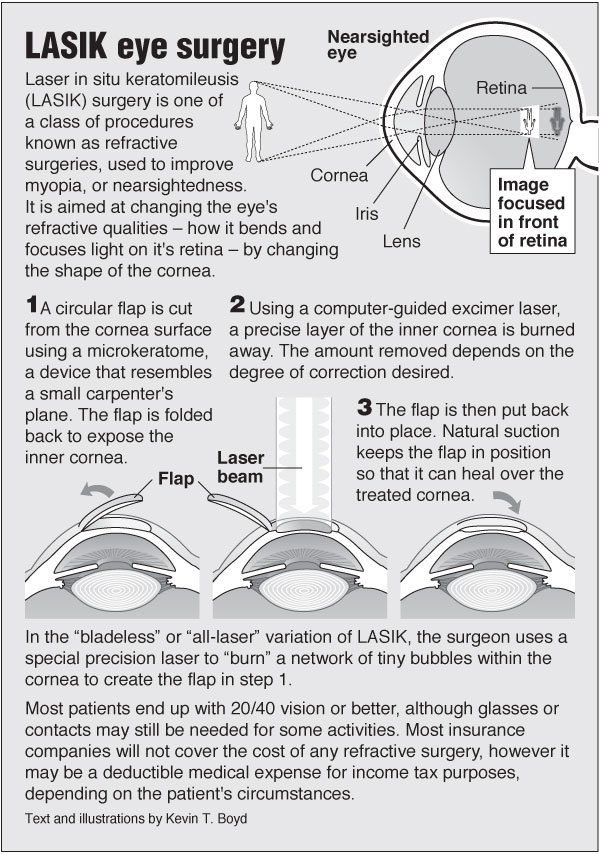Article Developed By-Rose Gardner
When it concerns your child's vision, recognizing common pediatric eye problems is essential. Issues like refractive errors, amblyopia, and strabismus can influence their day-to-day live and development. You may see indicators like scrunching up your eyes or problem concentrating, however understanding these problems is just the start. There are effective therapies readily available, and understanding what to look for can make a considerable distinction in your kid's aesthetic wellness. What actions can you take to guarantee they obtain the most effective care?
Refractive Errors: Recognizing Nearsightedness and Farsightedness
Refractive errors are common vision concerns in children that can dramatically influence their capacity to discover and play.
Nearsightedness, or nearsightedness, makes remote objects appear fuzzy, while close-up tasks like analysis may appear penalty. You might discover your youngster scrunching up your eyes or resting also near screens.
On the other hand, farsightedness, or hyperopia, causes neighboring objects to show up blurred, making it hard for your kid to check out or do homework easily.
Both problems can impede your child's scholastic efficiency and social communications. https://pediatriceyespecialists.company.site/ are important for very early discovery.
If your child has a refractive error, restorative lenses or other treatments can improve their vision, helping them flourish in school and play.
Don't wait; scheduling an eye test is crucial!
Amblyopia: The Impact of Lazy Eye
While refractive mistakes can affect your kid's vision, another considerable problem is amblyopia, generally known as careless eye. This problem happens when one eye does not develop appropriate vision, commonly bring about a dependence on the more powerful eye.
If left neglected, amblyopia can trigger permanent vision disability. You might see your kid having problem with depth perception or frequently squinting. Early discovery is vital, so regular eye exams are necessary.
Therapy choices typically consist of restorative glasses, eye spots, or vision treatment to strengthen the weaker eye. By resolving amblyopia without delay, you can help your kid accomplish far better aesthetic skills, ensuring they don't lose out on essential developing turning points.
Strabismus: Addressing Eye Positioning Issues
Strabismus, or misalignment of the eyes, can dramatically affect your child's vision and depth understanding. When the eyes do not straighten effectively, one eye may kip down, out, up, or down, bring about difficulties in seeing the globe accurately.
You could notice your youngster squinting, turning their head, or having problem with depth understanding. Early medical diagnosis is critical, as treatment choices can include glasses, vision therapy, or even surgical treatment, depending on the intensity.
By resolving strabismus promptly, you can assist improve your youngster's visual skills and lifestyle. Regular eye examinations are important, especially if there's a family history of eye conditions.
Don't think twice to seek advice from a pediatric eye specialist for assistance and support.
Conclusion
In conclusion, recognizing and addressing typical pediatric eye conditions is crucial for your youngster's visual advancement and general well-being. By comprehending refractive mistakes, amblyopia, and strabismus, you can be positive in looking for prompt treatments. Whether visit the up coming internet site 's via corrective eyeglasses, vision treatment, or medical choices, early therapy can make a significant difference. Don't hesitate to seek advice from a professional if you observe any type of signs; acting currently guarantees your kid can flourish in their learning and social interactions.

